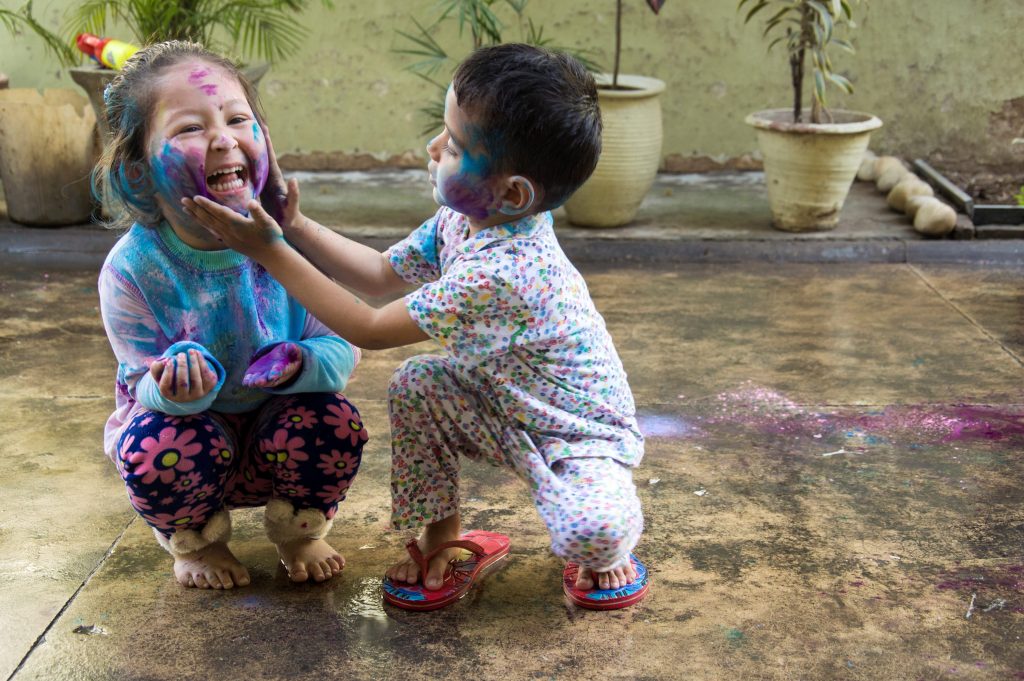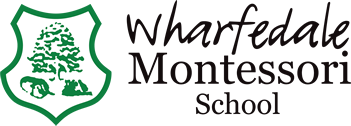Inspired by an Instagram post from Simone Davies (author of The Montessori Baby, The Montessori Toddler, and The Montessori Child. I have copies of the ‘Baby’ and ‘Toddler’ books available to borrow if you are interested, just let me know), I am looking at when and how we say ‘No’ to children.
We live in a world of rules, and they are different depending on where you are in the world, who you are, your status, and your age. Children are often given leeway if they transgress social rules as there is an understanding that they are learning them.
Without rules societies would not function, so the question for parents and educators is ‘how do teach our children the rules of society’? The Montessori approach is to offer the children a society, or community to live within, and to be a part of. The Children’s House and the Cabin are communities with rules in place to help all the members exist in a happy, safe, peaceful and nurturing environment. The adults in a Montessori setting are often called ‘guides’, and this moniker fits well in this context – we are guiding children in their development as members of a community. Helping them discover how to manage their emotions, control their own reactions and responses, how to socialise, befriend, and interact with others. In short, how to be part of that community.
Community cannot be taught, and it does not come from children being told they are in one, but it is not something that could really happen without adult support. Children need adults to explain what to do and how to do it, to put boundaries in place and enact them consistently and to be the role models. They also need someone to guide them when something is happening that should not, or to control what is inappropriate. What do we do as adults in these situations?
One aspect of the Montessorian approach here is to redirect the child or allow children to come to a solution without any adult interference. However, depending on the situation there is still a need to let the child know that something is inappropriate. We would be doing them a disservice if we are not clear about this. Without clarity, the boundaries will always remain vague to the child. This is something that Simone Davies covered in her post, how the need to be firm or clear is an essential aspect of supporting development. Using a voice that is pleading, relying on hope that the child will respond, is gentle to the point of being wishy-washy, or is so quiet it is drowned out, will be ineffective and no help to the child at all.
Is saying ‘no’ against Montessori principles? Could it be seen as an aggression, or an imposition on the child’s will? I would argue not, as it is not just a preparation for living productively within society, it is essential for the child right now for them to be able to understand and function within their community. How we say ‘no’ can certainly impact the child, our relationship with them, and their understanding and absorption of our guidance. We can be firm but be firm with kindness and love. We can speak with conviction and affection. When we use ‘no’ it should be followed up with a positive option or alternative for the child. This is the ‘redirection’ that gives a disappointed/frustrated/disruptive child safe options to choose a new behaviour or activity. This has the benefit of returning control to the child, and a child who feels in control is less anxious and far more likely to be able to make choices that are in line with the social or community rules. Whilst on its own, ‘no’ gives a boundary of what should not be done, redirecting allows those boundaries to be expanded to include what can be done. This way the child has a fuller picture of what a functioning community looks like.
As children become more mature, there is a greater emphasis on giving children time to self-correct, and for disputes or unwanted behaviour to be managed by a peer group. This is the aim and ambition within a Montessori classroom, but it is something that does not just happen. Like any kind of learning, there are peaks and troughs amongst a community over time. Any kind of emotional development is rarely linear, and there are many influences that impact the ability of a child to self-regulate. Guides are needed at all ages, and boundaries need to be kept, reinforced, and made clear. Montessori advocated for this, and even described the adolescent years as being akin to the ages 3-6 in terms of the necessity of the adult to but boundaries in place. Those of you with teenagers may well agree!
What is apparent with older (6–12-year-old) children is that their awareness of others has grown. Increasingly within this age range empathy is acutely felt, and self-awareness is at a level where children can reflect both on their actions and the consequences for both them and the community.
I often say to older children (and sometimes with younger children if appropriate) ‘No, please do not do that, can you do the right thing please.’, as the emphasis is then on the child making that choice. The ultimate aim is for the child to have that thought before taking an inappropriate action, but until that point it is our role to guide them.


